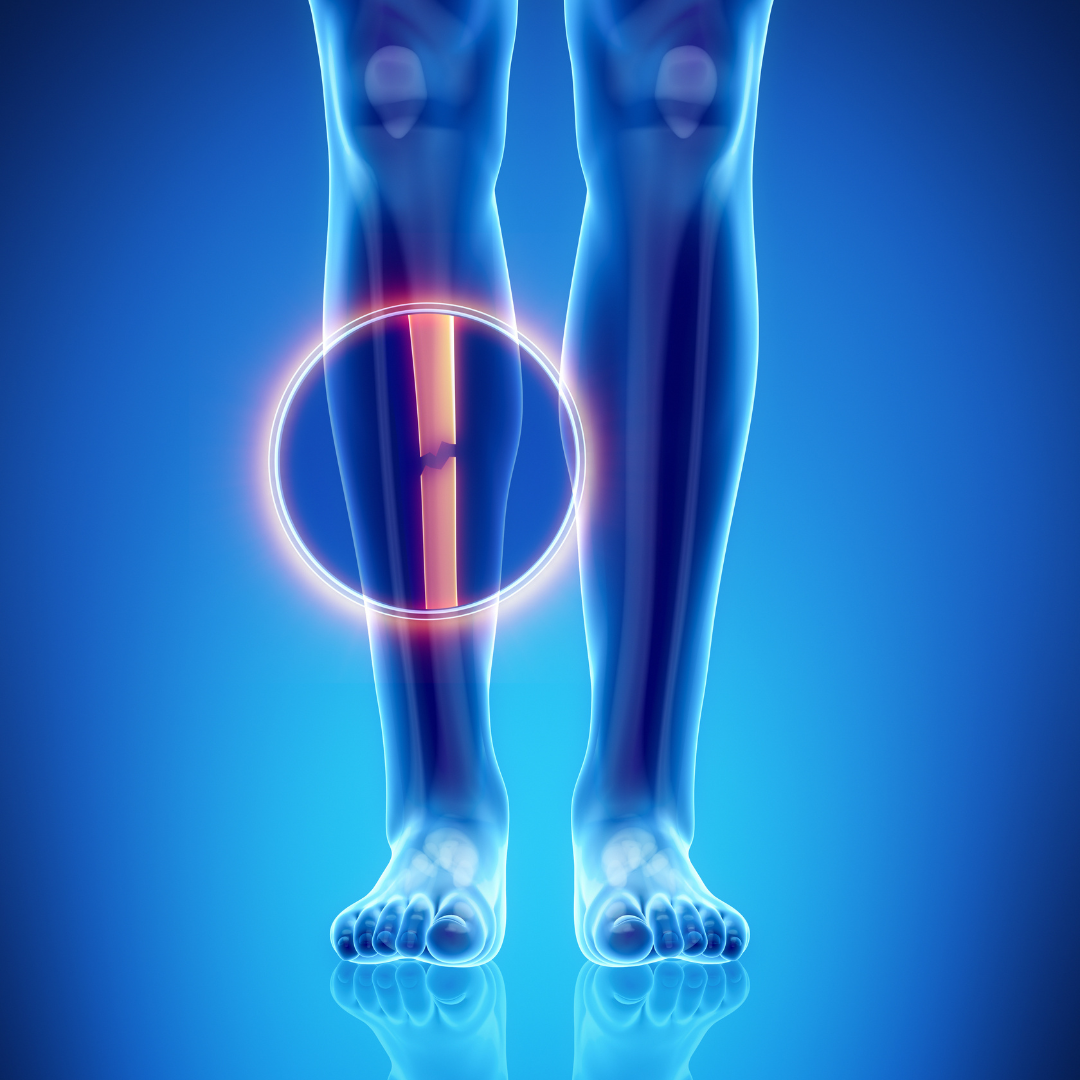In this post, Deputy Editor for Social Media Dr. Matt Schmitz discusses the new study by Hong et al. in JBJS: “The Effect of Social Deprivation on Fracture-Healing and Patient-Reported Outcomes Following Intramedullary Nailing of Tibial Shaft Fractures.”
Socioeconomic disparities exist in health care. It’s an unfortunate truth that we must address for the benefit of our patients. A number of recent studies have linked social deprivation with worse patient outcomes.
In the November 16, 2022 issue of JBJS, Hong et al. examine how social deprivation relates to healing rates, complication rates, and patient-reported outcomes after intramedullary nailing of tibial shaft fractures.
One way to potentially measure social deprivation is through use of the Area Deprivation Index (ADI), which is accepted as a surrogate for a patient’s level of social deprivation and assigns a percentile ranking based on zip code. The authors used the ADI to group patients into the most deprived tercile (MDT), the intermediate deprived tercile (IDT), or the least deprived tercile (LDT) for outcome comparison.
The investigators also utilized the Patient-Reported Outcomes Measurement Information System (PROMIS) to measure the domains of physical function, pain interference, anxiety, and depression. Scores at 6 weeks, 3 months, and final follow-up were assessed.
The Radiographic Union Scale in Tibial fractures (RUST) system was used to evaluate fracture healing.
A total of 229 patients were retrospectively reviewed (127 in the MDT, 82 in the IDT, and 20 in the LDT).
Baseline characteristics of age and sex did not differ significantly by ADI tercile. However, patients in the MDT were more likely to identify as Black compared with those in the LDT (OR, 18.1) and IDT (OR, 6.2) (p < 0.001 for both) and were more likely to smoke tobacco compared with those in the LDT (OR, 3.4; p = 0.02) and IDT (OR, 2.2; p = 0.008).
Injury characteristics were similar between the LDT and MDT with regard to energy of mechanism, comminution, and rates of open fractures.
On univariate analyses, patients in the MDT reported a lower physical function score at initial follow-up, a higher pain interference score at final follow up, and higher anxiety and depression scores at both initial and final follow-up compared with patients in the LDT. All patients demonstrated similar improvements in PROMIS domains over the course of follow-up.
On multivariable regression analysis, the authors found that PROMIS scores were influenced by age, race, and smoking status but not ADI tercile. When race and smoking status were removed from regression analysis, social deprivation significantly predicted worse scores on each of PROMIS domain. The investigators state that “Social deprivation likely has direct and indirect implications on PROMIS outcomes following orthopaedic trauma” and note that further study is needed.
Social deprivation also factored into fracture healing, as patients in the MDT had significantly lower RUST scores than patients in the LDT and IDT at initial, second, and final postoperative follow-ups in univariate analyses. Multivariate regression found that being in the MDT was independently associated with a 31% longer time to radiographic union after adjusting for open fractures, higher-energy mechanism of injury, comminution, age, body mass index, sex, race, smoking status, diabetes, and chronic kidney disease. Also, patients in the MDT were more likely to develop a surgical site infection compared to those in the IDT (OR, 2.9; p = 0.03) in the univariate analysis.
Social Deprivation and Musculoskeletal Trauma
What does social deprivation represent, and why could it affect healing and outcomes in tibial fractures? It may be a proxy for a litany of barriers to health care. The authors suggest that the impaired healing process may be influenced by factors stemming from social deprivation such as inflammatory response to psychosocial stress, implicit treatment biases, barriers to recovery adherence, access to postoperative resources, dietary choice access, or employment in physically demanding jobs.
This study is not without limitations. The follow-up was short, so the authors couldn’t correlate ADI with rates of nonunion or delayed union. And while widely accepted, the ADI is a proxy for social deprivation and so not without drawbacks in its use.
To me, social deprivation represents an important area for continued improvement in the care of our orthopaedic patients. Outcomes such as those of this report need to be discussed and studied further so we can work to help level the playing field for all of our patients, including trauma patients, whose treatment is vital to successful recovery and function.
In the Author Insights video that accompanies this study, co-author Anna N. Miller, MD says, “In the future, I hope that we can push more towards justice in health care and getting all of our patients the access to health care that they deserve.”
I agree.
Access the full JBJS report, including the Author Insights video.
JBJS Deputy Editor for Social Media




